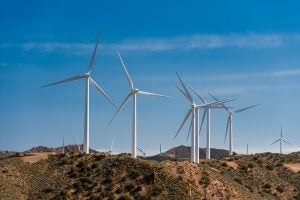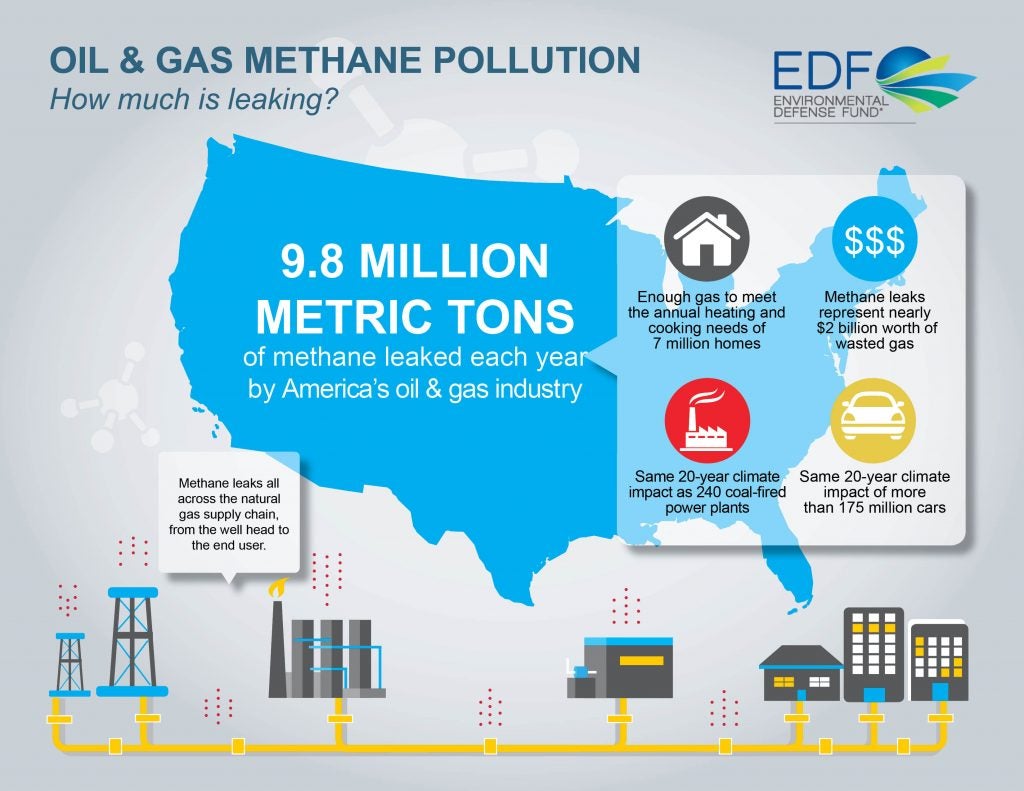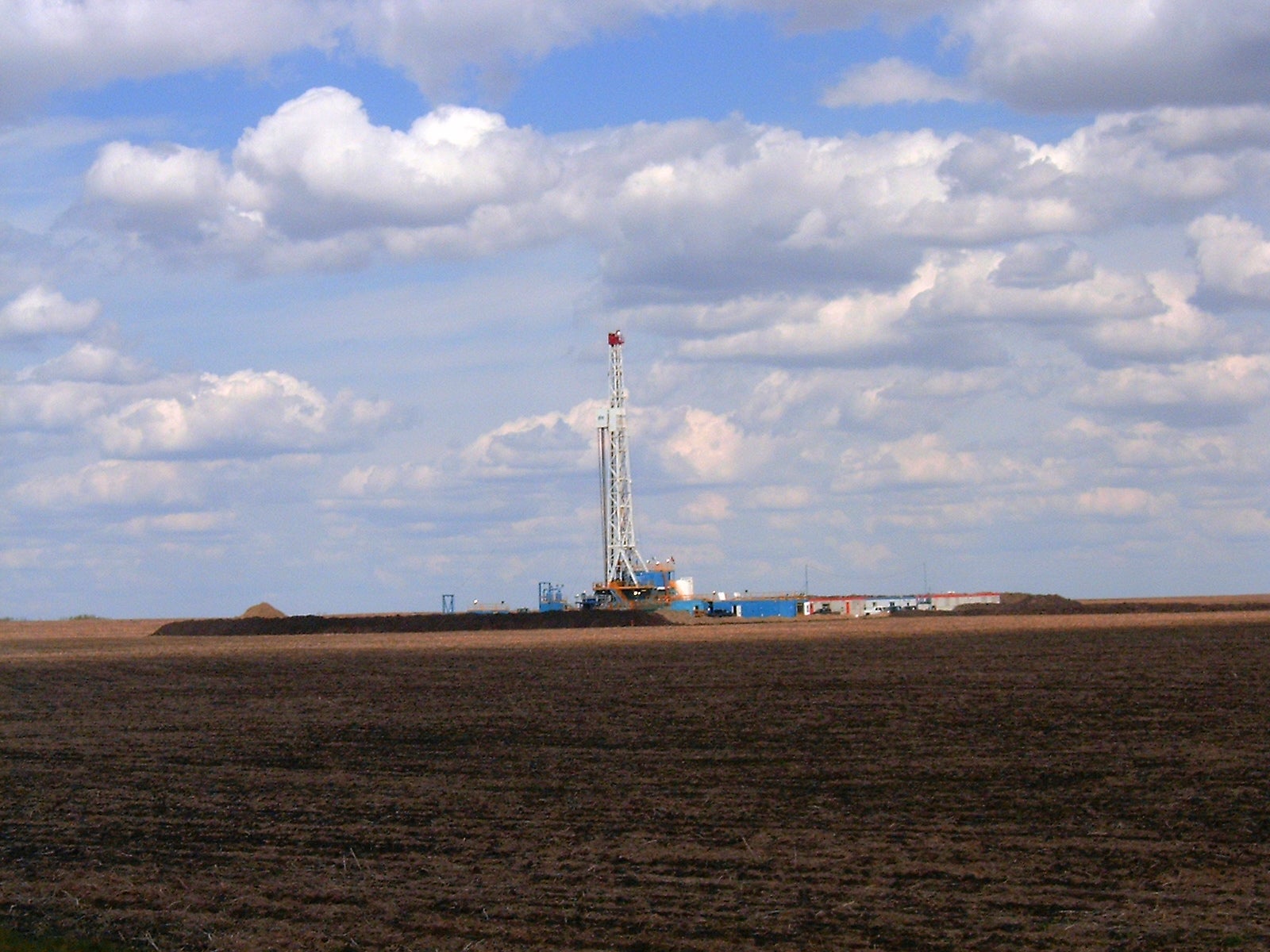 While air quality as a whole has been improving across the United States over the past few decades, many areas that are ground zero for the nation’s expanding oil and gas industry have shown an increase in dangerous pollutants. In fact, states with substantial drilling activities saw worsening air quality recently, according to the American Lung Association’s last State of the Air report.
While air quality as a whole has been improving across the United States over the past few decades, many areas that are ground zero for the nation’s expanding oil and gas industry have shown an increase in dangerous pollutants. In fact, states with substantial drilling activities saw worsening air quality recently, according to the American Lung Association’s last State of the Air report.
That’s because the oil and gas industry is the largest industrial source of volatile organic compounds (VOCs), which mix with NOX and sunlight to form ground-level ozone, also known as smog. Additionally, existing oil and gas sources do not face comprehensive nationwide limits for this type of pollution.
This smog has tangible effects, though. In late September, the Clean Air Task Force released a report detailing that the amount of smog forming emissions from the oil and gas sector could lead to as many as 750,000 asthma attacks. The report, called “Gasping for Breath,” similarly documents that these emissions could lead to more than 500,000 days of school missed and 2,000 asthma-related emergency room visits. Accompanying the report is an interactive map, developed by Earthworks, which displays data about the location of active oil and gas wells, and areas of threats to public health.










 The Los Angeles City Council recently passed a unanimous
The Los Angeles City Council recently passed a unanimous 

 The Environmental Protection Agency (EPA) has committed to regulate existing sources of methane from the oil and gas industry, and it is asking for information from the methane mitigation industry to make sure the rule’s approach and requirements account for recent innovation. The EPA’s announcement comprises the U.S. portion of the North American
The Environmental Protection Agency (EPA) has committed to regulate existing sources of methane from the oil and gas industry, and it is asking for information from the methane mitigation industry to make sure the rule’s approach and requirements account for recent innovation. The EPA’s announcement comprises the U.S. portion of the North American 